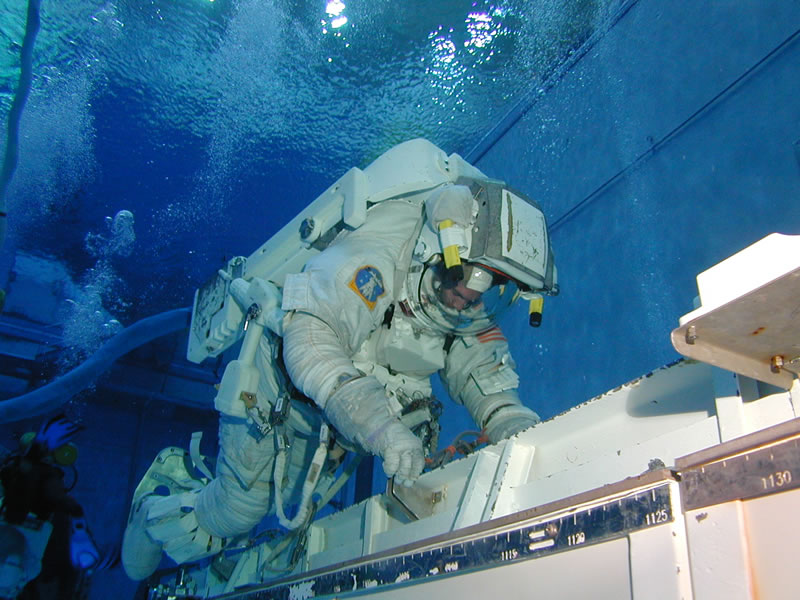Week 4 - Density and Buoyancy
Week 4 - Density and Buoyancy
Measuring Buoyancy
Lesson 16: Measuring Buoyancy
Textbook Readings
ScienceFocus 8
Page 67
or
Science in Action 8
No reading

http://learn.argyll.epsb.ca/Science/Sci8/AOC/
Testers like the one shown to the left are often used to test antifreeze levels in vehicles. The rubber hose is inserted into the radiator and when the bulb is squeezed and released, antifreeze is drawn through the hose into the plastic chamber. The coloured balls inside the chamber have different densities. By counting the balls that float, the level of protection from freezing can be determined. Pure water has a density of 1.00 g/mL. Vehicles must have a more dense liquid in their cooling systems to protect them from freezing during cold Alberta winter nights.

Buoyant forces are dependent on density. A hydrometer is a device the measures the density of a liquid. Pure water has a density of 1.00 g/mL.
|
g/mL is "grams per milliliter"
|
Background Information The greater the density of the liquid it is placed in, the higher it will float. It floats higher in more dense liquids and lower in less dense liquids. Try your hand at reading the hydrometer.
Exercise 4.4: Building a Hydrometer
